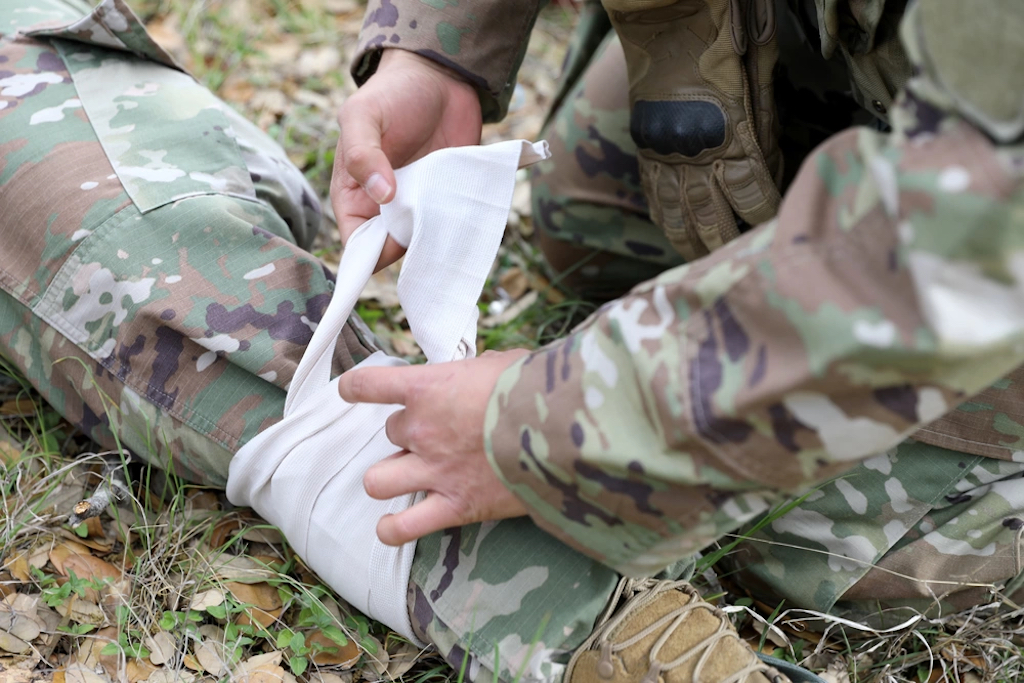

It was very difficult for soldiers to survive missions in the medieval ages because they never had the right equipment for certain tasks. Not to mean that today’s battlefield is any simpler, modern technology has brought about new inventions and techniques that help our soldiers while on the battlefield. One of these items is synthetic cotton which has saved thousands of lives in various ways.
Lighting Fires
If you have ever gone camping in an area far from civilization, you know how important it is to learn how to light a fire. Sometimes soldiers are deployed to very cold regions and the only means of getting heat, especially at night when resting, is by lighting a small fire. This means the soldiers have to find items that can light up quickly, and since such terrains have no grass or undergrowth that can help with the case, they use synthetic cotton to start the fire.

Since the microfibers of synthetic cotton are highly flammable, they are ideal for lighting fires. Furthermore, you only need a tiny amount of synthetic cotton. Once the fire is lit, they can add logs to it for durability. This same fire is used to prepare meals whenever necessary. Additionally, when the soldiers need to signal fellow troop members who are far from their camp, they usually use large fires to generate smoke signals. This is common in areas where the communication network is poor, and there is no other way to get the message across.
Wound Treatment
There is never a war without injuries, and for this, soldiers always carry cotton for wound treatment. Wounds come in various shapes and sizes, and all have a distinct set of healing prerequisites. This revelation has resulted in the creation of a plethora of wound dressings, each with unique properties. It is unreasonable to await a single dressing to encompass all features that would satisfy generic tissue repair requirements.
Nevertheless, if the dressing exclusively adheres to the needs of the wound and the injured, it may engage the suitable needs by straying from the “one size fits all” strategy. Undoubtedly, a fully functioning wound dressing should promote wound healing while requiring the least amount of time and money.

There is always a need for an ideal material to conceal the wound to keep it from being infected for proper wound healing to take place. Biopolymers, including materials like animal fats, plant fibers, and honey pastes, were previously employed for wound dressings. After civilization, materials such as cotton wool, lint, and sterile gauze began to be utilized as dressings. The primary function is to keep the wound dry by letting wound secretions drain away and hindering bacteria growth from the external environment.
Synthetic cotton has been very helpful in enhancing wound healing, giving soldiers better chances at keeping their bodies intact. When a wound does not get the right dressing, it might worsen, forcing amputation and sometimes leading to death. An infected wound on the battlefield is as deadly as being shot on vital organs. Sooner or later, the body gets overwhelmed as it tries to fight these antibodies.
Additionally, synthetic cotton is more hygienic than using random fabric and has a greater chance of keeping the wound dry due to its properties. While trying to keep away the bacteria, it allows air to circulate through the wound, leading to faster healing. This is because synthetic cotton is breathable and of high quality. Synthetic cotton is not only helpful on the battlefield but also in the civilian world, where it has numerous uses.
